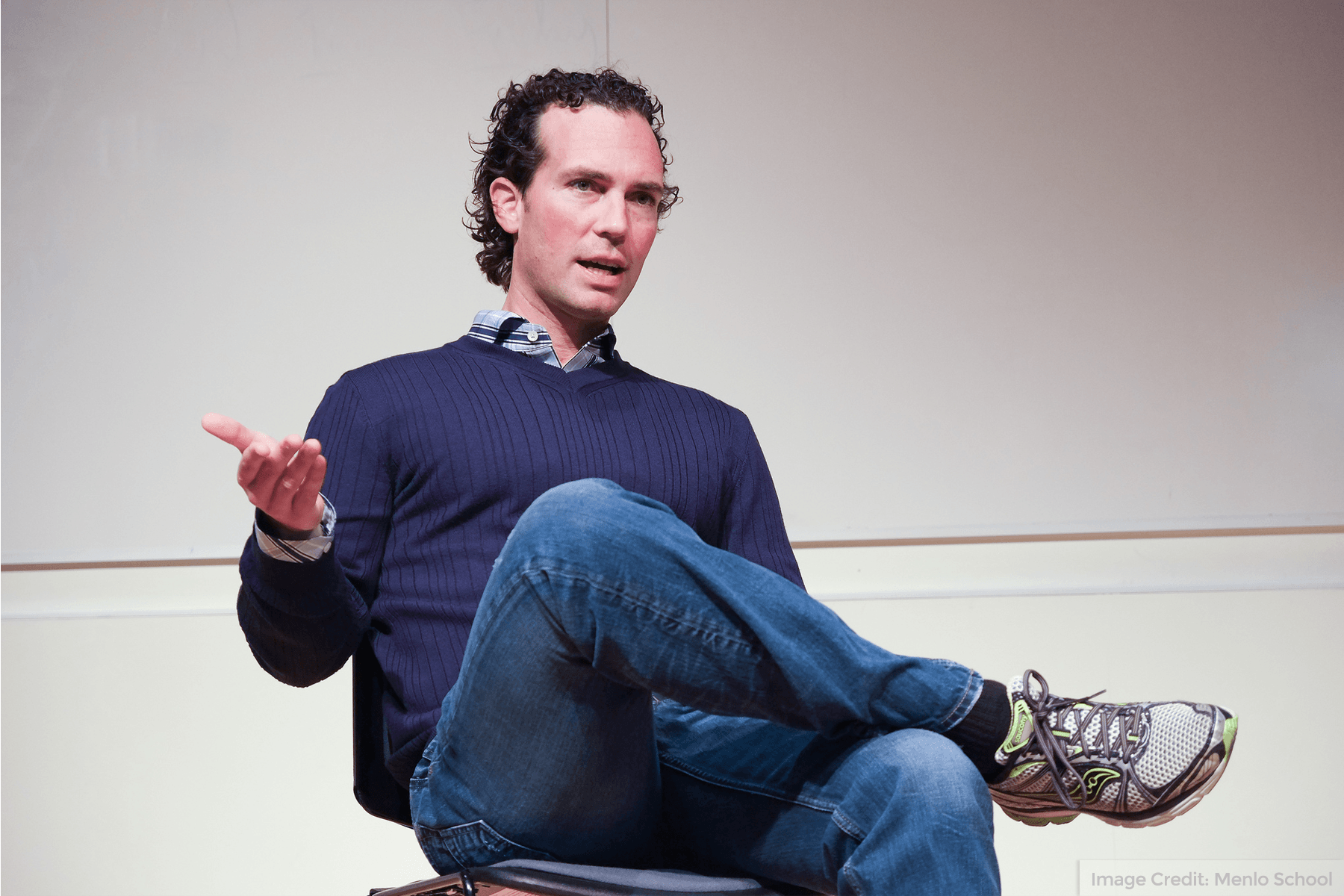
Many high tech companies have trouble choosing between an emphasis on solid engineering concerns, and ambitious design objectives. Going too far in either direction can unbalance an organization, leading to products that are either stagnant and obscure or buggy and broken. The ideal situation is an environment where neither engineering nor design is neglected as an organization grows.
Michael Abbott recently had an intimate fireside chat with a group of up and coming industry professionals where he discussed some of the pitfalls associated with focusing too much on one set of goals. Abbot is an expert on enterprise infrastructure for high tech companies, who is well known for overseeing the scaling of Twitter’s team from 45 employees to 400 in just two years time.
Abbott was quick to point out that both perspectives are important in the development of a well-rounded company. Engineering will make sure that your product works well, scales, and functions properly. Meanwhile the product design can ensure that what you are building fits a broad need, and will do so in a way that will please the user.
Because both goals are valid, it’s easy for an organization to lose perspective and start going down the rabbit hole one way or another. If a company relies too heavily on its engineers to lead, then they can end up with obscure products that work well, but lack a market fit or fail inspire the user. On the other hand design centric companies are always chasing after the next “shiny new thing” and end up sacrificing functionality and quality in those pursuits.
The way to avoid this is to ensure that engineering understands or is involved product vision, so that they can add their technical input to new ideas and help build a successful product. You also need product design collaborating with engineering to ensure that the final outcome is viable and user friendly.
Finding the perfect balance between engineering and design goals can be difficult for high tech companies. However, both perspectives offer valuable insights, and failing to acknowledge one in favor of the other can lead to your company developing dangerous tunnel vision – this can be avoided by maintaining open communication and having a strong product vision.
